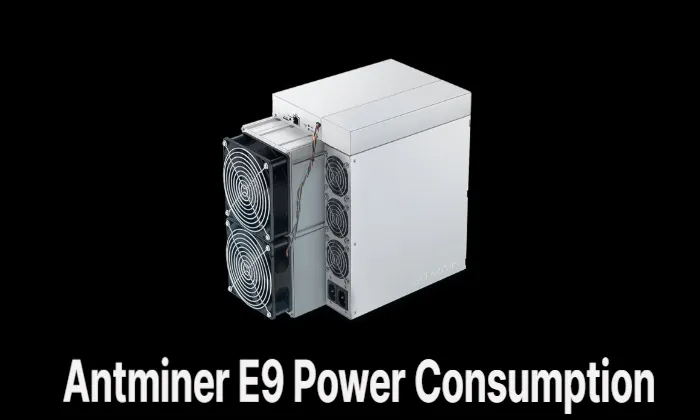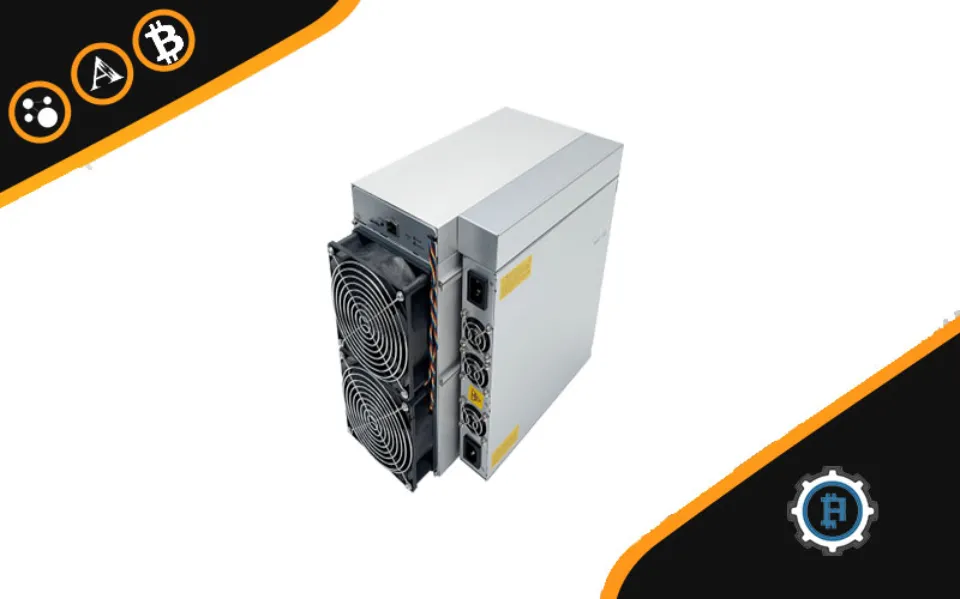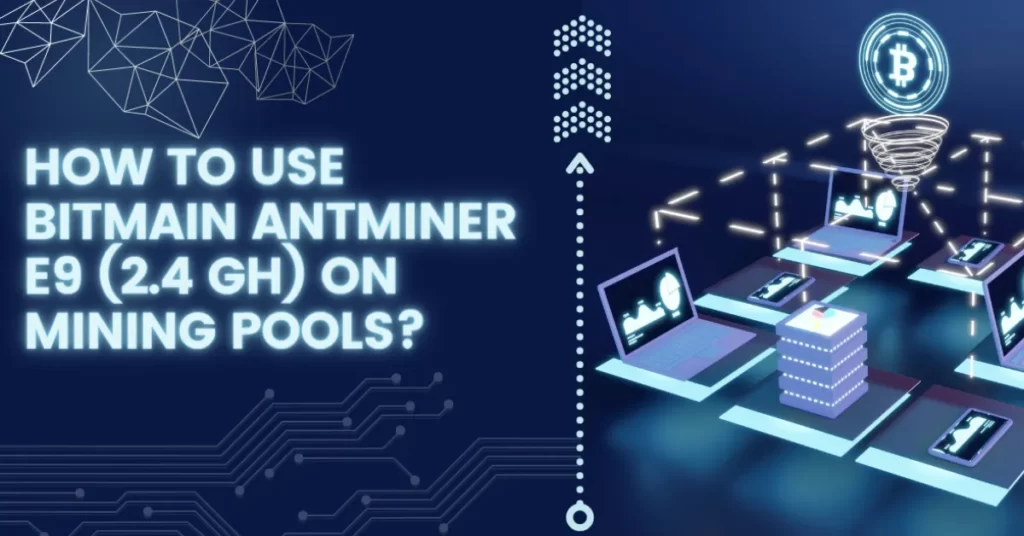The benefits, drawbacks, and dangers of overclocking the Bitmain Antminer E9 will be discussed in this blog.
One of the most potent ASIC miners available, the Antminer E9 can hash at a rate of up to 3.8 TH/s. Some miners, though, might be curious as to whether it’s possible to overclock the device to boost its effectiveness and profitability.
Yes, to sum up the answer. The Antminer E9 can be overclocked to boost mining productivity and hashrate. It is crucial to keep in mind, though, that improper overclocking can result in instability and hardware damage by raising the computer’s power consumption and heat output. The benefits, drawbacks, and dangers of overclocking the Bitmain Antminer E9 will now be examined in greater detail.
Table of Contents
What is Overclocking?
A way to get a mining machine to produce more hashing power is to overclock it.
In the case of the Antminer E9, overclocking can boost the device’s hashrate and mining productivity.
In order to increase profits as mining complexity rises and hashrate falls, miners will occasionally overclock their equipment. The firmware of the miner can be modified to increase the ASIC chips’ operating frequency. The efficiency trade-offs associated with this performance boost, however.
An overclocked ASIC will merely use more energy to produce more hashes than it would under normal circumstances. Although greater total hash outputs are sacrificed for higher hashing frequency, this method increases the likelihood that miners will solve a new block. A machine’s lifespan may be shortened by overclocking.
However, machines from earlier generations that are inherently less efficient can make excellent candidates for overclocking. Older models that have been overclocked can help miners get more use out of their ASICs before throwing them away.
How to Overclock the Antminer E9
You can overclock the Antminer E9 by altering the firmware or using third-party overclocking software. The manufacturer’s warranty could be voided if you do this, so proceed with caution and at your own risk.
It is advised to start with minor adjustments when overclocking your Antminer E9 and keep a close eye on the system’s performance and temperature. You should also make sure the machine is properly cooled and that the power supply can support the increased power consumption.
It’s also important to remember that overclocking can reduce hardware lifespan and may not ultimately be beneficial for higher hashrates. So, before trying to overclock your Antminer E9, it is advised to weigh the advantages and disadvantages.
Pros of Overclocking Antminer E9

The potential for increased hashrate and profitability is the primary benefit of overclocking an Antminer E9. You can efficiently mine more cryptocurrency in less time by increasing the clock speed. For miners hoping to increase their profits, this could mean higher earnings.
By choosing an overclocking profile, frequencies and voltages are adjusted and optimized. As a result, the ASIC is more stable and its chips “live” longer. This way, you reduce the chances of sudden expenses for repairs or purchase of new devices due to the failure of the old ones
By choosing a specific profile, you can optimally “adjust” to the ambient temperature. For example, if it’s too hot in the room, you can go for a profile that consumes less power — accordingly, the temperature of your ASICs will also be lower, and you will minimize the danger of overheating
Cons of Overclocking Antminer E9
Overclocking the Antminer E9 has a number of drawbacks, though. The increased power consumption and heat output of the device are two of its biggest drawbacks. If not properly controlled, overclocking can increase the machine’s power usage and heat output, which can result in instability and hardware damage. This may necessitate using more electricity and cooling, which will raise the machine’s operating costs.
Risks of Overclocking Antminer E9
Another danger of overclocking the Antminer E9 is that it might void the warranty provided by the manufacturer. Overclocking is generally not encouraged or supported by manufacturers of mining equipment, and doing so could void the machine’s warranty. The manufacturer might not pay for repairs if there are any hardware failures, in other words.
Additionally, overclocking can reduce the hardware’s lifespan by putting more strain on its parts. This may result in expensive replacements and early hardware failures.
Conclusion
Overall, increasing the hashrate and profitability of an Antminer E9 through overclocking has the potential to be advantageous. It’s crucial to take into account the drawbacks and dangers of overclocking, including the potential to void the manufacturer’s warranty and increase power consumption and heat output. It is advised to proceed cautiously and keep a close eye on the machine’s performance and temperature if you decide to overclock your Antminer E9.
FAQs
How Much Power Do I Need to Have to Run An E9 Antminer?
With a power consumption of 1920W and an efficiency of 0.8 The most potent Ethereum and Ethereum Classic miner currently on the market is the Antminer E9.
How Much Can Antminer E9 Make?
Can Bitmain E9 Mine Other Coins
The mining rig can also be used to mine other Ethash coins, those cryptocurrencies that use the proof-of-work (Ethereum uses the PoW) algorithm.
What is the Hashrate of E9 Miner?
The Antminer E9 (2.4Gh) can use both ETHash and ETCHash algorithms for mining, the maximum hash rate is 2.4Gh/s, and the power consumption is 1920W.



